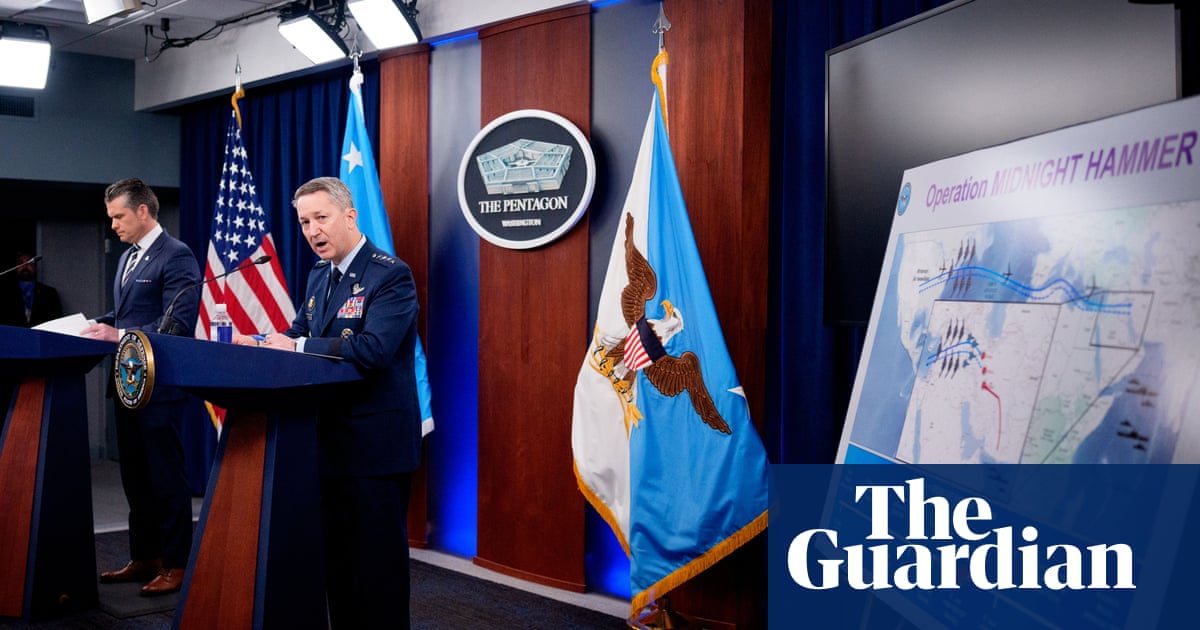At a time in life when many are winding down, Gunash Akhmedova, aged 65, fulfilled a lifelong dream of opening her first business.
A member of the Ahiska, or Meskhetian, Turk community who came to the US as a refugee from western Russia in 2005, Akhmedova opened Gunash’s Mediterranean Cusine two years ago on the site of a converted freight house alongside other international food vendors in a formerly industrial corner of Dayton, Ohio.
Akhmedova is one of several thousand Ahiska Turks to have moved to Dayton over the past 15 years. In that time, the new community has bought and rebuilt dozens of homes in blighted parts of the city, turning them into thriving neighborhoods replete with Turkish restaurants, community centers and a wrestling club.
While in Utah, where Akhmedova was first resettled by the US government, she found her opportunities were limited to dish washing and cooking at retirement homes and hospitals. Here in Ohio, her longstanding goals have been realized.
“We Turkish people are all cooks, from a young age,” she says. “I saw that here, there is a lot of opportunities to do something that you like.”
While cities such as New York, Miami and Los Angeles have long enjoyed the diversity of life and economic growth fueled by refugees and immigrants, recent years have seen smaller, more homogeneous towns in so-called “flyover states” transformed into vibrant, growing communities thanks to immigrants.
Ohio’s foreign-born population has grown by 30% over the last decade, helping to offset a decades-long population decline that was fueled by the offshoring of manufacturing and the Great Recession of 2008. Neighboring Kentucky resettled more refugees per capita than any other state in 2023, where between 2021 and 2023 their numbers grew from 670 to 2,520.
In places such as Springfield, Ohio; Logansport, Indiana; and beyond, refugees and immigrants have stepped in to fill critical entry-level jobs such as packaging and manufacturing, the demand for which locals find themselves unwilling or unable to meet.
In Owensboro, a town of 60,000 people in western Kentucky, hundreds of Afghan refugees and humanitarian parolees have brought a diversity to the area not previously seen. There, three refugees ran a restaurant serving central Asian food for several years out of a diner whose owners allowed them to use their facilities. In 2023, the restaurant, called Pamir Afghan Cuisine and since closed, was voted the best international restaurant in town.
In Lexington, nearly 2,000 refugees from the Democratic Republic of the Congo, Ukraine and elsewhere have brought diverse vibrancy to a city formerly mostly known for horses and whiskey.
Refugees are people unable or unwilling to return to their country of nationality due to the threat of persecution or war. According to the UNHCR, the UN’s refugee agency, there are roughly 36.8 million refugees around the world, and despite the US being the world’s second-richest country based on purchasing power parity, the number of refugees being admitted has been falling since the beginning of the program, in 1980.
Similar experiences are playing out in Indianapolis, a city that saw years of population and economic decline in the 1970s and 1980s. Today, it finds itself home to the largest Burmese community in the US, a haven for more than 30,000 immigrants from the south-east Asian country who have fled the Myanmar military regime’s decades-long crackdown on democracy activists and minority religions.
“Indiana is at the crossroads of America, where a lot of logistics and manufacturing companies are located. Those jobs are readily available for refugees,” says Elaisa Vahnie, who heads the Burmese American Community Institute in Indianapolis, an organization helping refugees and immigrants from the country adapt to life in Indiana.
“There’s also around 150 small businesses – insurance and real estate companies, restaurants, housing developers – run by Burmese people in central Indiana.”
Since 2011, the Burmese American Community Institute has helped more than 17,000 people adjust to life in the midwest, and has even driven up college attendance rates among young Burmese Americans. About 40% of the community in Indiana was initially resettled elsewhere in the US but moved to the midwestern state due to family connections and job opportunities.
Data from the US Census Bureau shows that 70% of Indiana’s population growth in 2024 was due to international immigration, driving the largest population growth the state has seen in nearly two decades.
However, like in 2017, these communities find themselves facing a host of new immigration restrictions and controls introduced by the Trump administration.
This month, the White House barred entry to the US by citizens of Myanmar, Afghanistan and 10 other countries, in order to, it claims, “protect the nation from foreign terrorist and other national security and public safety threats”.
“We have heard that church pastors, family members, friends and those who have been planning to visit find themselves in a very sudden situation. The community here has been impacted already,” says Vahnie.
A refugee who fled Myanmar due to persecution for his pro-democracy advocacy, Vahnie has recently been to Washington DC to canvass state department officials and congressional staffers to end the travel ban.
“If this ban continues, the impact will not just be on Burmese Americans. The United States is a leader of global freedom, human rights and democracy. It’s in our best interest to invest in the people of Burma. We need to carefully think through this, and I hope the administration will consider lifting the ban as quickly as possible,” he says.
Last year, more than 100,000 people entered the US as refugees. On 27 January, the newly inaugurated Trump administration suspended the country’s entire refugee program due to what the White House called the US’s inability “to absorb large numbers of migrants, and in particular, refugees, into its communities”.
But many community leaders don’t see it that way.
“I respectfully disagree with the idea that we are not able to take legal migrants,” says Vahnie.
“After 20 to 25 years of welcoming Burmese people here, they bring a high educational performance, economic contribution and diversity to enrich Indiana. That’s really something we celebrate.”
Born in Uzbekistan, Akhmedova saw first-hand the ethnic violence that affected her community during the fall of the Soviet Union in 1989. She and her family fled to the Krasnodar region of western Russia, where her community again faced attacks and discrimination.
She moved from Utah to Dayton in 2017 to be nearer to family.
“I was always dreaming about [opening a restaurant] to show my culture, my food, my attitude,” she says.
“Ninety-nine per cent of people tell me they’ve never eaten this kind of food.”

 German (DE)
German (DE)  English (US)
English (US)  Spanish (ES)
Spanish (ES)  French (FR)
French (FR)  Hindi (IN)
Hindi (IN)  Italian (IT)
Italian (IT)  Russian (RU)
Russian (RU)  7 hours ago
7 hours ago
























Comments